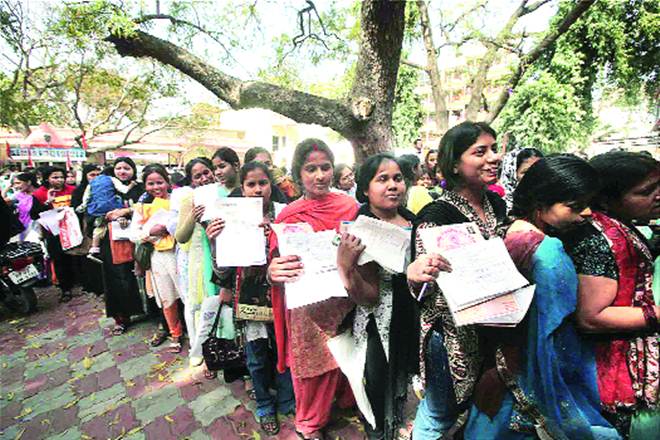US-based consulting firm Korn Ferry has estimated the gap between the future talent supply and demand in 20 major economies by 2020, 2025 and 2030, across three sectors—financial and business services; technology, media and telecommunications (TMT); and manufacturing. The study notes that there could be a talent deficit of as many as 85.2 million workers across the economies analysed, leading to unrealised and lost output potential of about $8.5 trillion.
Globally, the study reveals that the US, Japan, France, Germany and Australia would face the largest threat in the near term, with a combined opportunity cost of $1.876 trillion by 2020. The Asia Pacific (APAC) region would face a talent deficit of 47 million workers. The region is expected to have an imminent talent deficit of over 12.3 million workers by 2020, rising to a shortage of 47 million workers by 2030. The shortage could lead to $4.238 trillion in unrealised annual revenue loss if the problem is not addressed, the report says. Labour shortages in global financial and business services are the most acute, with a potential deficit of 10.7 million workers globally by 2030.
India is the only country, among those analysed, which would have a talent surplus—estimated to be around 245.3 million workers by 2030. The report says that financial services will have a surplus of 1.1 million, TMT at 1.3 million and manufacturing at 2.44 million extra workers.

It is worth noting that, although India’s talent surplus is 245 million, only some 5 million of these are in the three analysed sectors in the report. This means that a majority of the talent surplus of the country will be for sectors and industries that require other sets of skills—it is one thing to have a labour surplus for the financial and business services vertical, and quite another to have it in the construction sector, for instance. So, the current and future governments will have to not only prioritise generating enough jobs for the burgeoning labour force, they will also have to focus on the skilling of the workforce, in order to realise the full economic potential of each worker, as well as to reduce the expected inequality that will arise.


